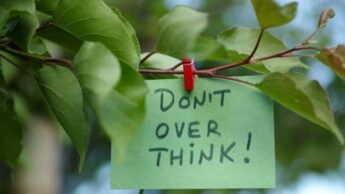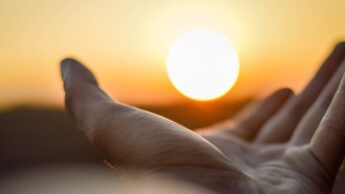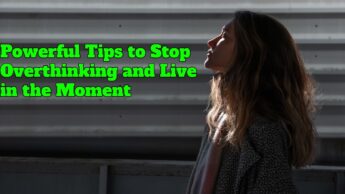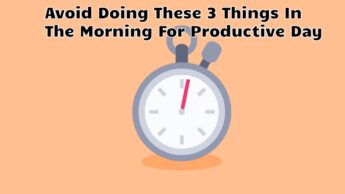Physical examination
Lie down, sit, or take any other comfortable position. Make certain you are dressed comfortably. Relax your body and mind, and become conscious of your body, thoughts, breath, and energy. Make yourself aware of every area of your body. Inhale and clench/ bunch/tighten the muscles in that spot, then exhale as you release and let go of tightening the muscles – as you relax that part of your body, you will experience a peaceful surge of energy. Feel the tightness in that region dissipate. Start with your toes and work your way up to the top of your head as you go on to the next area of your body.
Movement
Going for a walk (without earphones) and paying attention to the noises and things around you is an excellent method to practice mindfulness. Yoga, Tai chi, Qi gong, or any other kind of mind-body training can also be used.
Meditation for Mindfulness
These days, there are numerous apps that will lead you through meditations. You can select the type that speaks to you. Whether it’s a guided meditation, meditating on an image that speaks to you, music, or simply a candle flame, there’s something for everyone. Pick the way that feels most natural to you. Meditation allows you to shift your thoughts from high-frequency to lower-frequency thinking.
Make something new
Spend some time doing something enjoyable. Cooking, woodworking, or knitting are examples of practical-yet-creative hobbies.
Journaling and self-reflection
Self-reflection is an excellent approach to examining ourselves and becoming more conscious of our thoughts and feelings. Keeping a notebook and reflecting on your day with some self-assessing questions is the simplest approach to seeing your pattern and better understanding yourself. When it comes to developing a mindfulness practice, journaling is by far one of the most effective tools. Every day, spend 5 minutes (or more) in thought and reflection.
Also Read: Psychological Benefits Of Being Mindful





